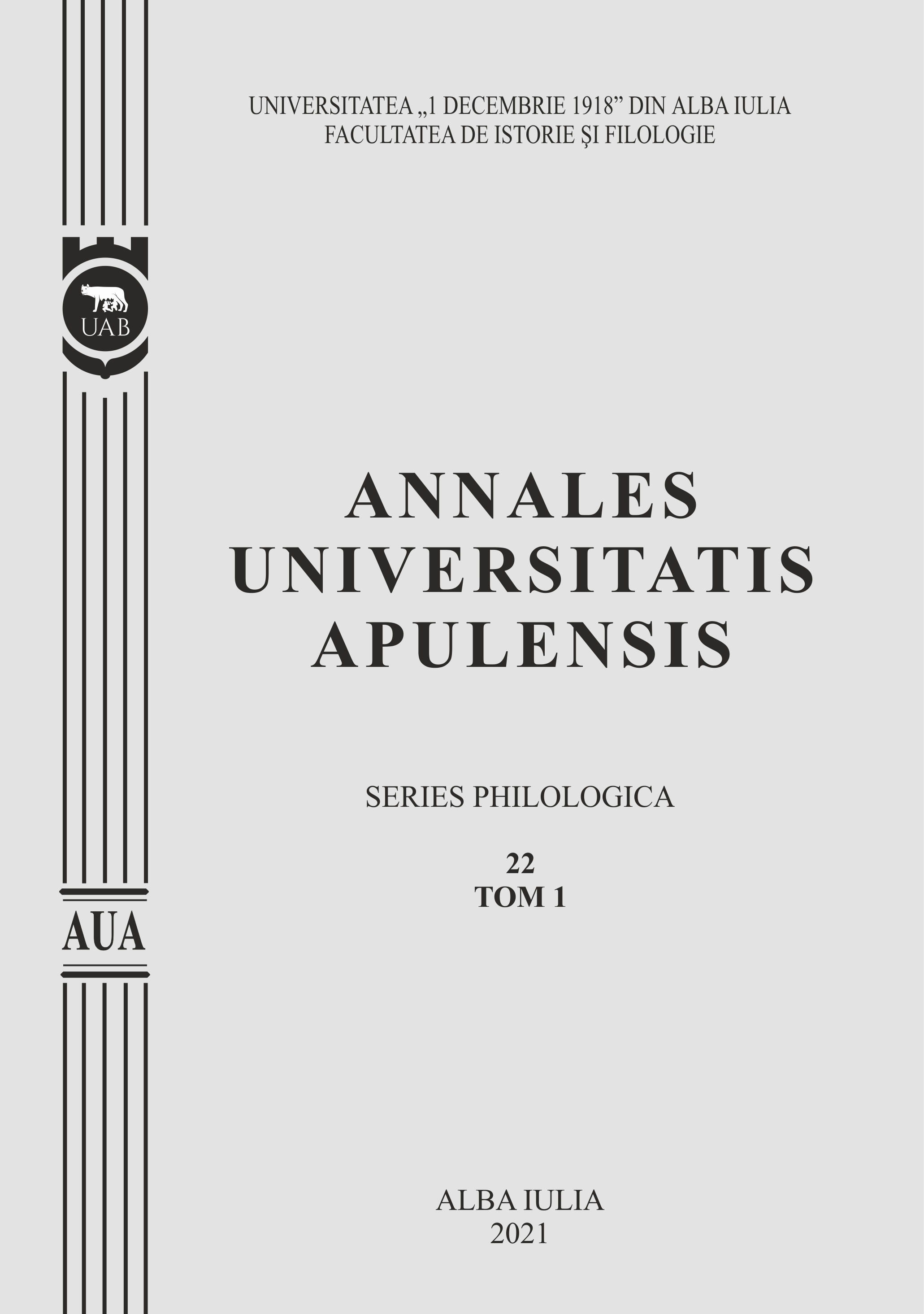PANSLAVISMUL CONTEMPORAN – ÎNTRE IMPERIALISM ȘI MODERNITATE
Contemporary Panslavism – between Imperialism and Modernity
Author(s): Constantin TonuSubject(s): Language and Literature Studies, Studies of Literature, Comparative Study of Literature, Romanian Literature
Published by: Universitatea »1 Decembrie 1918« Alba Iulia
Keywords: Panslavismș Austro-Slavismș Pan-Russianismș Slavophilismș Russian Imperialismș ”Holy Russia”
Summary/Abstract: This paper analyses the way in which classical Panslavic theories are brought back to life and are reshaped in contemporary times, while trying to debunk the stereotype that Panslavism is a tsarist invention and can only be discussed in connection with Russian imperialism. As a movement, Panslavism originated in the first half of the 19th century among the Western and Southern Slavs, in a climate of crystallization of national sentiment. Until the Crimean War, the Slavs looked mainly to the West for guidance, to liberalism, to democracy, to safeguards for the rights of the individuals and of the nations – hopes that were channelled into Austro-Slavism. The Russian Pan-Slavism became prevalent only after the Crimean War, attempting to unite the Slavs spiritually (through Orthodoxy), linguistically (by establishing Russian as the official language of Slavdom) and politically, with Moscow at the centre of the new empire/federation. After a long Soviet period when Panslavism was (with some exceptions) forbidden and exiled, with the fall of the USSR we are witnessing a re-emergence of the Panslavic ideas. Although a large part of the followers of Panslavism continue to develop unifying Panslavic projects according to a hierarchical, centralized model (with Russia/Moscow at the centre), there are also theorists (like Mikhail Suslov, Boris Naimushin) who bring new perspectives, trying to highlight the positive aspects of pan-Slavism for the new democratic, multiculturalist context and to show the capacity of Panslavic projects to help overcome the tense postcolonial situation in the post-socialist space by reconfiguring the geography of the Slavic world according to decentralized, horizontal, open models that favor the periphery. The solutions for the realization of these imaginative reconfigurations come from two distinct but convergent areas: the religious and the political. Politically, Russia's "big brother" status is overtaken mainly by the sacrifice of Serbia during the 1999 NATO bombings – the event being interpreted as a crucifixion of Serbia for the Panslavic cause – and the Slavic integration initiatives of AleksandrLukashenko, as a result of which Minsk acquired the status of a Panslavic capital. From a religious point of view, the credit goes to Patriarch Kirill, who is trying, through a series of pilgrimages in the post-Soviet space, to establish the borders of "Holy Russia" – an imagined community that has many sacred centres located on the periphery and that includes not only the Eastern Slavic states, but also Moldova and Kazakhstan (just like Solzhenitsyn's model of post-Soviet Russia).
Journal: Annales Universitatis Apulensis. Series Philologica
- Issue Year: 22/2021
- Issue No: 1
- Page Range: 277-290
- Page Count: 14
- Language: Romanian

